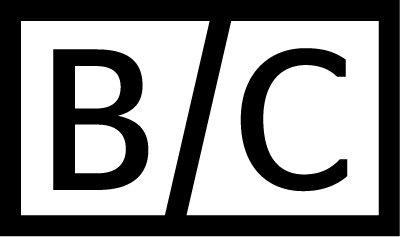Design Systems
I've helped build and launch four complete design systems at this point in my career. From contributing to Microsoft's Web Framework to building dedicated teams focused on creating robust design system solutions for B2C & B2B products in industries ranging from e-commerce to travel and government data, I've faced almost all phases of design system maturity. Most systems have many of the same challenges but each has its own unique set of circumstances that drive the determination of solutions. Here's a snapshot of the design systems steps and stages I have experience leading...
WHAT IT TAKES FOR ANY DESIGN SYSTEM
Selling the value to the business to get the work prioritized
Auditing existing products to find the best starting point
Charting a path to maturity
Designing and building the team that will design and build the system (centralized, federated, hybrid, etc)
Building the plane while flying it
Integration with outdated legacy back-end systems
Integration with multiple products that use various frameworks
A central source of truth for documentation
Guidance is critical to creating consistency and efficiency
CHALLENGES & OUTCOMES ACROSS SYSTEMS
ALASKA AIRLINES DESIGN SYSTEM
One solution for Alaska Airlines included creating a task force of designers and engineers for a 3 month "off-site" assignment that allowed them to be 100% focused on the core of the system. The task force's effort resulted in an open-source documentation site built in record time. The site went beyond 'the bones' to include all foundational guidelines and core components necessary to build the company's digital products. This also allowed the documentation site to be built solely using the system itself which created an effective means of validation for the system. This was the most robust system I launched after building it from the ground up with an incredible team of designers, a design technologist, and engineers: https://auro.alaskaair.com/#gsc.tab=0
FISCAL NOTE DESIGN SYSTEM
Another solution was the creation of a platform/framework agnostic system. At the time most systems were being designed to support a single or sometimes up to two specific web frameworks (i.e. React, Angular, Vue.js, Ruby on Rails, etc) however, the system we were building at Fiscal Note needed to work as a universal solution for over 13 different products built on a wide range of web frameworks. Our approach was to build the core/foundation guideline and documentation site on one framework with the affordance to flex into any framework and scale as necessary. We started with one product that used the central guide as a reference point and built its components on their framework, then we branched to other products from there. When multiple products used the same framework we were able to combine efforts and distribute the load to complete the build. The results allowed the entire suite of products to evolve into a more unified brand with increased consistency for users and efficiency of time-to-market solutions, and also had a positive impact on the business team's ability to cross-sell.
UPSIDE BUSINESS TRAVEL
One of the more challenging scenarios I've faced was at Upside Business Travel where I had the support of the business to build a design system but no budget to have dedicated team members focus on making it happen and no existing team members with any experience building a design system. I was able to shift the focus of one designer toward the system part-time and elevated their knowledge around the niche of design systems. I also made some adjustments to the approach that distributed the level of effort across the rest of the design and engineering team. I worked closely with my engineering leadership partner to devise a plan of attack for building the pieces in a way that didn't distract from the existing product backlog. Basically, we got scrappy, squeezed in what we could, where we could. Did we ultimately get what we wanted? Yes and no. We did get a scaleable design system that started having immediate impacts on both the SDLC outcomes and user satisfaction but, we had to make many more concessions than what was ideal along the way. In the end, the team was proud of what they accomplished and celebrated their achievements.









